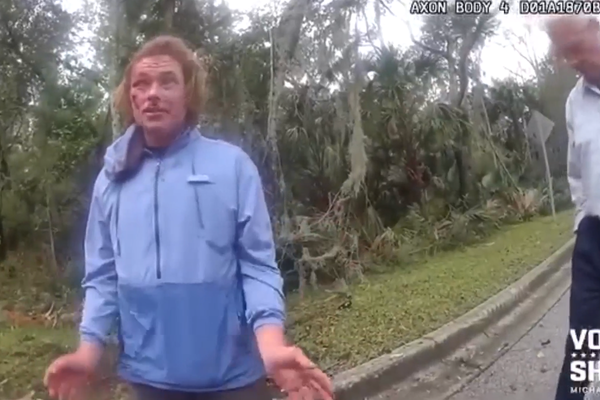
From southern Ethiopia to northern Kenya and Somalia, around 22 million people are at risk of hunger as the worst drought in four decades grips the Horn of Africa.
The overall figure has almost doubled from 13 million at the start of 2022, the UN's World Food Programme said in a January 23 report.
The United Nations says 12 million people in Ethiopia, 5.6 million in Somalia, and 4.3 million in Kenya are "acutely food insecure".
Across the region, 1.7 million people have been driven from their homes by a lack of water and pasture, it said.
The Horn of Africa is one of the regions most vulnerable to climate change.
Since 2016, eight of the 13 rainy seasons have seen below-average rainfall, according to data from the US-based Climate Hazards Center.
The last famine was declared in Somalia in 2011 when 260,000 people -- half of them children under the age of six -- died of hunger.
The UN's humanitarian agency OCHA estimated in November that 9.5 million cattle had perished.
Humanitarian groups warn that the situation is only likely to worsen, with the next rainy season from March to May also expected to be below average.
In December, OCHA said the troubled nation was technically not yet in the grip of full-blown famine thanks to the response of aid agencies and local communities.
But people were nevertheless suffering "catastrophic" food shortages, it said, warning that if assistance is not scaled up, famine is expected in southern Somalia between April and June.
OCHA warned that by June, the number of people at the highest level on the UN's five-scale food insecurity classification was expected to more than triple to 727,000 from October.
According to the UN children's agency UNICEF, almost two million children across Ethiopia, Kenya, and Somalia require urgent treatment for severe acute malnutrition, the deadliest form of hunger.
It said in September that 730 children had died between January and July in nutrition centers in Somalia.
Lacking water, milk, and food, and often living in squalid conditions, the youngest become so weak they are vulnerable to diseases such as measles and cholera, and their long-term growth can be restricted.
Some 2.7 million children have also stopped going to school, it said.
"There is no end in sight for the hunger crisis and hope is slowly fizzling out," said Xavier Joubert, Ethiopia director for the British charity Save the Children.
"There's no doubt that the need has grown to an enormous scale," he said, adding that more funds were urgently required.
Currently, only 55.5 percent of the $5.9 billion sought by the United Nations to tackle the crisis has been funded.
Early humanitarian action averted a famine in Somalia in 2017.







